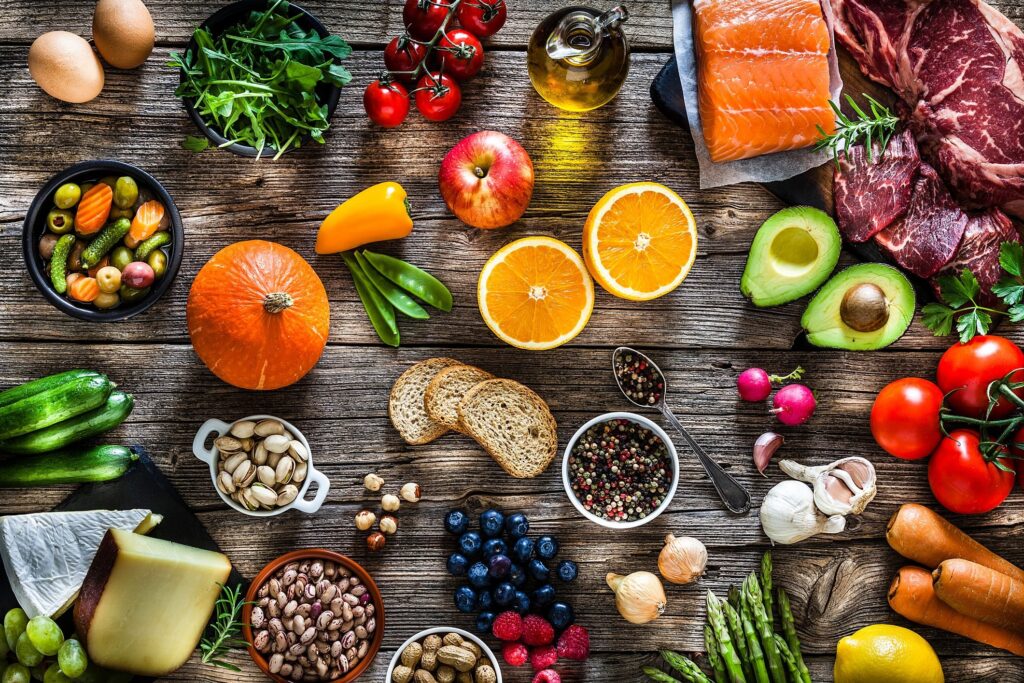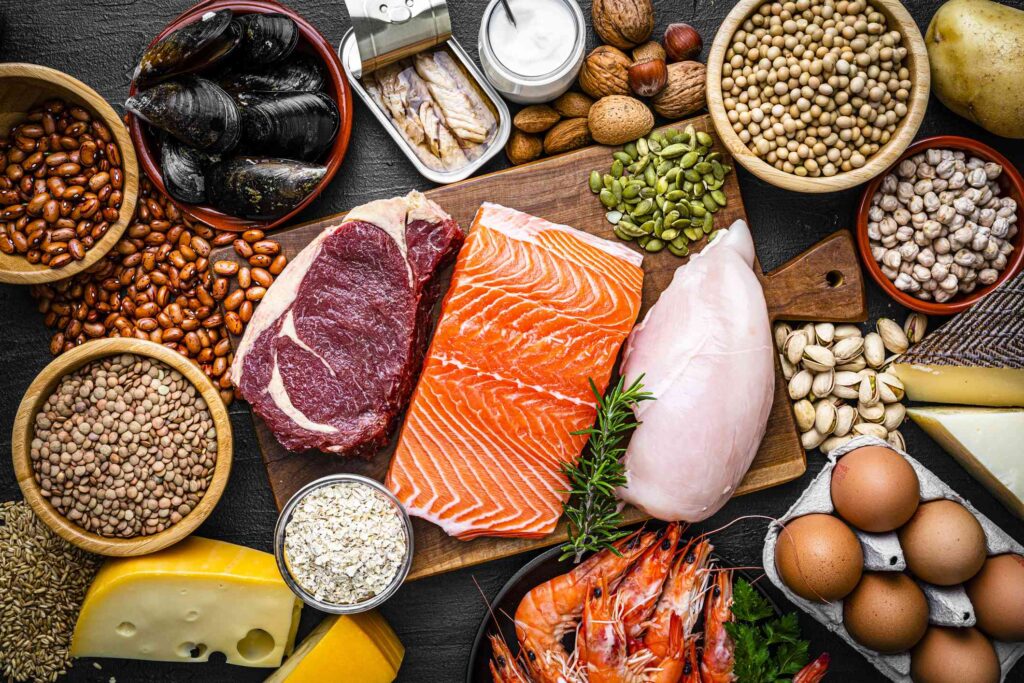When you’re on a weight-loss journey, of course you want to shed those extra pounds as quickly as possible. Unfortunately, the reality of fat loss is that it’s not always a fast process. However, there are definitely steps you can take to maximize your efforts as lose fat (in a healthy way!) as fast as you can.
And remember that comparison is the thief of joy. It can be easy to get discouraged if you measure your progress by how quickly someone else is able to lose weight. Remember that there are a number of factors that go into fat loss, so try to compare your progress only to yourself.
The math behind weight loss
First, let’s talk about a little bit of the math behind fat loss. One pound of fat is equivalent to 3500 calories. That means that if you are in a caloric deficit of 3500 calories, you will lose one pound of fat. A caloric deficit means the difference between what you’re currently eating and what you need to eat to lose weight. The time it takes to lose that pound depends on the time over which you create the deficit.
In other words, if you usually eat 3000 calories per day, that’s 21,000 calories per week. In order to lose one pound in one week, you’d need to reduce that weekly caloric intake to 17,500. So you would need to create a daily caloric deficit of 500 calories – meaning you would aim for a new caloric intake of 2500 calories per day.


How to achieve a caloric deficit
There are two ways to create a caloric deficit: eat less, or move more. Ideally, you’ll be doing both – but a word of caution: exercise doesn’t burn nearly as many calories as one might think. It’s far easier to create a caloric deficit by intaking fewer calories than by trying to burn off excess calories. I always recommend exercise for a variety of reasons, but you’re better off doing that exercise and then ignoring any calories you burned as a result when it comes to doing your calculations. Focus instead on controlling your food intake. Then, any exercise you do will just be a nice bonus that will move you toward your weight loss goals even faster.
If you’re struggling or don’t know what foods to choose, a dietician or nutrition coach can help.
Selecting foods that will keep you in a deficit
Since you can achieve a deficit more easily through diet than exercise, what you eat is far more important than what exercises you’re doing. While calories are the most important factor in fat loss, what foods you choose makes a difference in your hunger levels. If you’re hungry all the time, it is far harder to stick to a diet and achieve your goals.
Choose foods that are high in protein, and don’t be afraid of dietary fat in moderation. Fatty foods do not make you fat, excess calories make you fat. In other words, don’t fall for the “low-fat” scam. Foods that are labeled as low fat or reduced often have more added sugar to make up for the loss in flavor. So they end up having about the same amount of calories as their full-fat counterparts. Our Diet Strategies section has posts that more in-depth on this topic.
How to get enough protein
A common problem many face is getting in enough protein without going over your caloric goals. The easiest way to do this is to build each meal around protein first, and minimize carbs. I like to start with a lean protein like chicken or beef, then add a vegetable like broccoli. If you’re trying to lose weight, eat carbohydrates sparingly. Carbs aren’t inherently bad for you, but they’re essentially “empty calories.” Most carb-heavy foods tend to be high in calories and don’t keep you feeling full.
If you struggling to get enough protein from your food, consider adding a protein supplement. Some people like pre-made protein shakes, while others prefer a protein powder mixed with water or milk. I’m also a huge fan of clear protein like this one from JYM Supplements.
In summation, protein is key
To summarize: protein is key and exercise doesn’t burn many calories. The only way to lose fat is through a caloric deficit.


Leave a Reply